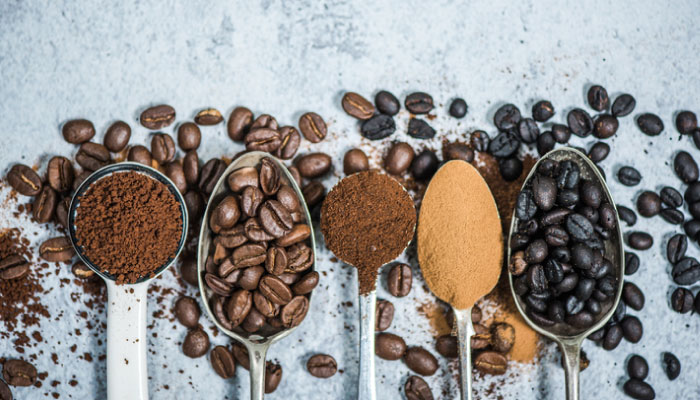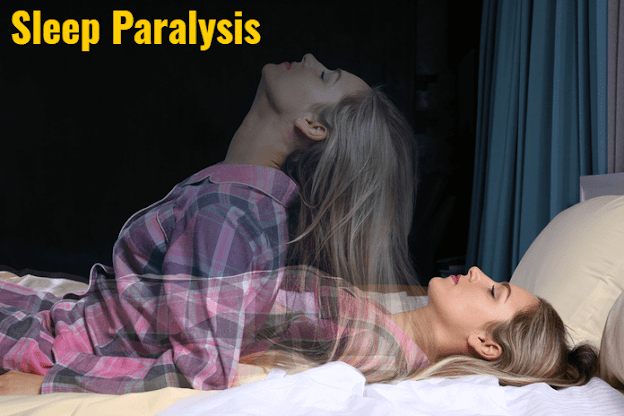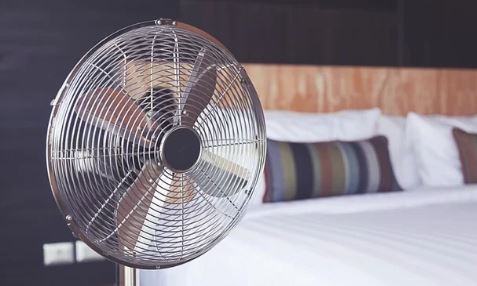It’s a ritual many of us use to wake up in the mornings: caffeine. Whether you prefer your coffee black or you reach for an energy drink to jump-start your day, there’s a chance you’re getting too much of a good thing.Is caffeine bad for you?Janae Brown, ARNP, UnityPoint Health, states that caffeine has some negative but also positive effects. She identifies caffeine health risks, how much you should have in a day, plus the sign that may mean you are addicted.
Is Caffeine Bad for You?
If you’ve had too much caffeine or drank caffeine on an empty stomach, you may have experienced feeling jittery, anxious and/or restless.
“For many, caffeine helps us feel alert,” Brown says. “Because it’s a stimulant, it can increase heart rate and blood pressure, which impacts someone’s overall health.”
Brown says while most people only have mild negative effects from caffeine, both short- and long-term health risks are possible.
Short-Term Effects of Caffeine
- Raised blood pressure
- Trouble sleeping (insomnia)
- Frequent urination
Long-Term Caffeine Health Risks
- Heart palpitations or other heart problems
- Mental health changes
On the other hand, Brown says some evidence suggests caffeine can also lead to health benefits, such as decreased risk of stroke, Parkinson’s disease and dementia, when consumed in safe amounts.
How Much Caffeine Can You Have in a Day?
The answer depends on your current health status. But, in general, Brown says healthy adults shouldn’t have any more than 400 milligrams of caffeine each day. Here’s how caffeine breaks down in common sources:
- Coffee. Among regular, black coffee or specialized coffee beverages from your favorite shop, you’ll consume anywhere from 50-500 mg of caffeine, depending on how many ounces you drink. If you’re trying to limit your caffeine intake, decaf is an option, but even a cup of decaf still contains small amounts of caffeine.
- Soda or pop. A typical can has roughly 25-50 mg of caffeine. Unlike coffee, caffeine-free sodas or pops really are free of caffeine.
- Tea. Compared to coffee, tea is a relatively low-caffeine alternative. A cup of tea only contains roughly 5-50 mg of caffeine.
- Energy drinks. Energy drinks contain the most caffeine in the least fluid ounces. This caffeinated option has 25-150 mg in only one to eight ounces. For example, a 16-ounce energy drink could contain as much as 300 mg or more of caffeine.
Just how bad are energy drinks for you?
“Energy drinks have such high caffeine content in small servings, which makes them potentially dangerous to at-risk populations, like people with heart problems. Also, children and teens shouldn’t drink energy drinks, despite the fact that they’re often the specific targets of these products’ marketing techniques,” Brown says.
Brown suggests this test for anyone who is concerned about being addicted to caffeine.
“If you develop headaches when you don’t drink caffeine, it may be time to limit the amount of caffeine you’re drinking on a daily basis. If you’re concerned about how much caffeine you should have in the first place, talk to your primary care provider.”


